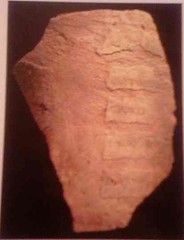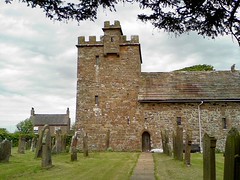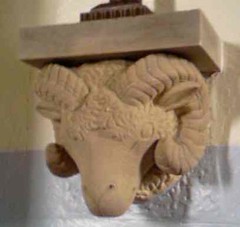Hate to say this, but Iain Duncan Smith talks a lot of sense this morning in his piece in the Telegraph on the Forest Gate fiasco. Which saw a military-style operation swoop on an ordinary family house at 4am (complete with air-exclusion zone), shoot one of its inhabitants, tear it apart, all to find precisely nothing, and to see the two men arrested, including the one shot, released without charge.
One of the reasons why I have been glad to get out of daily newspaper journalism is the increasing realisation that so much of what is printed in incidents like this is total guff. There was clear police briefing going on suggesting all sorts of possibilities – suicide-gas vests (complete with diagrams), that one of the brothers shot – somehow, with a police weapon – the other, that the tip-off was first-class…
All now obviously total rot, and almost certainly known to be total rot at the time. So you have to ask what such outright lies are expected to achieve. It seems to me there are two likely possibilities:
1. “The public has a short attention-span” theory. If people lose interest after a couple of days, they won’t notice that the tall stories have all been disproved.
2. The panicky attempt to justify things today and let tomorrow take care of itself.
I really don’t believe (perhaps despite the evidence of the circulation of the Daily Mail that 1 is the case; and no 2 implies a government in depressing chaos.
And the spin continues on a new front. Judges are independent? Right. And that really annoys the government, so the Attorney-General is trying to publicly “name and shame” them.
Lord Goldsmith has for the first time listed 339 cases over the past three years in which he has challenged judges for letting off criminals — including killers, rapists and child abusers — with light sentences.
He took all of the cases to the Court of Appeal to seek tougher sentences, with more than three-quarters being judged to be “unduly lenientâ€. In an interview this weekend, Goldsmith said he was particularly concerned about judges being lenient on sex offences against children which needed “to be dealt with very harshly indeedâ€.
Judges hear a vast amount of detailed evidence before they decide sentences. It is right that there should be some oversight of their decisions, but not that the government should so bluntly try to stop them exercising their judgement.
If you wanted to judge the judges, you would have to find out also how many of their cases went to the court of appeal for undue harshness, then to develop some measure for how unusual the cases they heard were. There’s a reason why we talk about “the wisdom of Solomon”.
Instead, what we are getting is the panicking of the spin doctors. And the government wonders why it is held in such low regard?






 About
About